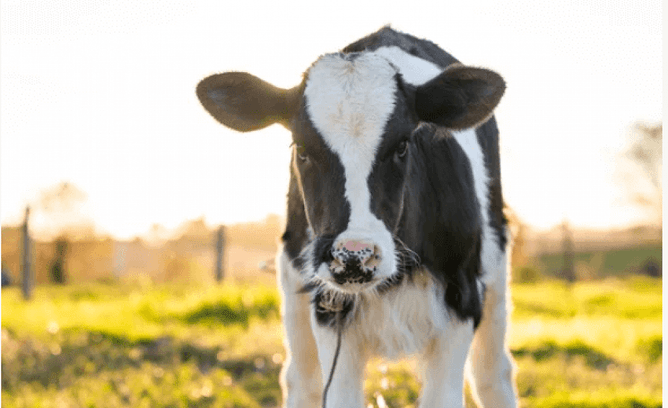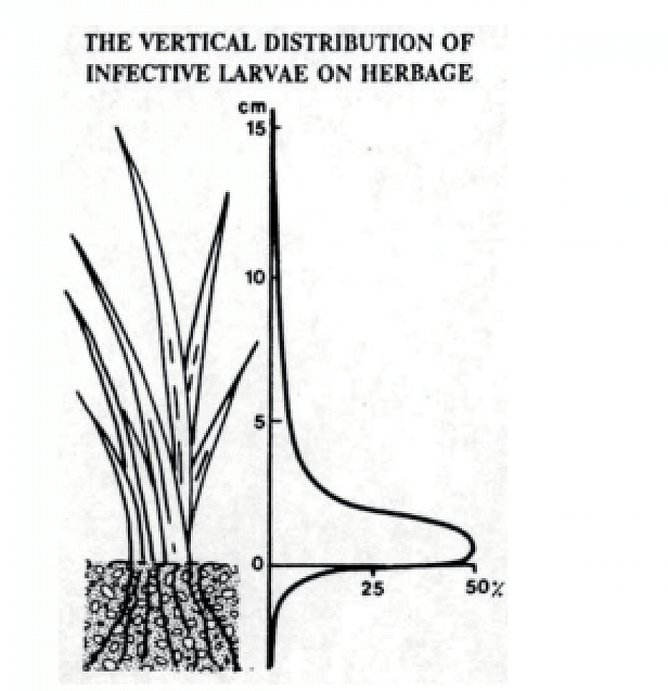Vet Hayden clears up why we drench calves and when to do it so your youngstock have the best protection.
Questions about drenching calves arise every season and over the years recommendations on what the right thing to do change - which can make things confusing. In this article we will discuss: when to drench, grazing issues, and practical animal health management. All of which can lessen the impact of worms.
Let's start at the beginning when calves first go out onto pasture and are still on milk.
When do we give them their first drench?
To answer this question we need to consider the impact of the milk. Importantly, milk is protective against worms. Simply put, if calves are drinking a sufficient amount of milk, worms will have no impact on their growth rates. However, milk does not suppress their worm egg output in their faeces. This is not too big of a problem if these calf paddocks in spring are not grazed by calves in autumn and are either grazed by cows (can become a Johnes risk factor for future calves) or are cut for baleage.
So with this in mind, the first drench should be at weaning and then every 28 days after that with an oral drench or 42 days for a pour-on/injectable. For calves less than 120kg, an abamectin product should not be used as there is an increased risk of abamectin toxicity and therefore death.
So why 28 days between drenches for an oral and 42 days for a pour-on or injectable?
An oral drench has no persistency, meaning it only works for 12 hours or so. It takes 21 days for the immature worms to become adults inside the calf. These adult worms are needed for the calf to develop effective immunity and for a wee bit of pasture contamination with susceptible eggs to slow drench resistance. After 7 days the egg output and damage from the adult worms start to impact the calf. So that's why a calf will need another drench at day 28. A pour-on has 14 days resistance, meaning it keeps working for 14 days after it was given. So add 28 days onto 14 days for the same reasons as above and you get 42 days.
Problems can arise with a 28-day interval with an oral. Calves could start coughing and scouring before day 28. Most commonly if this is occurring, calves are being exposed to too many parasites in the first week after the drench. Simply, their post grazing residual is too low or the pasture they are grazing is highly contaminated with larvae. The closer you get to the soil the more worms you will encounter.
Generally speaking, calves can be drenched onto winter crops and not need a drench until 4 weeks after they come off crop onto grass. They will need another drench 6 weeks later. For all 3 of these drenches, it is recommended to do with a combination pour-on/injectable not only for convenience but the mectin family is very good at killing Ostertagia.
At 15 months of age, the yearlings if well grown have sufficient immunity to not need drenching. It is important on youngstock blocks not to drench these in-calf heifers as they generally do not need it for reasons explained above but also they provide good refugia and hence protection against drench resistance. Refugia - is a population of worms susceptible to the drench.
Good feeding and an animal health plan is important to control worms.
- Well-fed calves are able to cope with worms compared to calves fed not so well.
- The higher the post grazing residual the less exposure to worms. See diagram below. This is especially important for the first 7 days after an oral drench or between days 14 and 21 days after a pour-on or injectable.
- BVD-free calves cope with worms a lot better.
- Other factors that can impact a calf’s ability to cope with worms
- Poor trace element status
- Coccidiosis
- Winter crops or summer fodder crops are considered free of worms.
What products to use when
- Combination products are superior to single actives. Single actives should not be used due to the high risk of resistance.
- Oral drenches are better at killing Cooperia and these drenches need to contain levamisole.
- The mectin family (pour-ons and injectables) is best for killing Ostertagia.
- All drenches are good at killing lungworms.
- Cooperia is the predominant worm from spring until about Feb/Mar.
- Ostertagia main worm from March to August.
Drench resistance: worms that are not killed by our drenches.
- The more we drench the greater the risk.
- Drenching more often than the 28-day interval for orals or 42 days for pour-ons/injectables is high risk.
- Having no undrenched cattle on a youngstock block is a high risk.
- Making sure you drench to the heaviest animal in the mob.
- Check drench guns regularly for accuracy.
As always, if you have any questions regarding your stock and what drench to use, our team of vets are here to help. You can contact your KeyVet directly, or ring us on 0800 VET SOUTH.
- Hayden Dore


